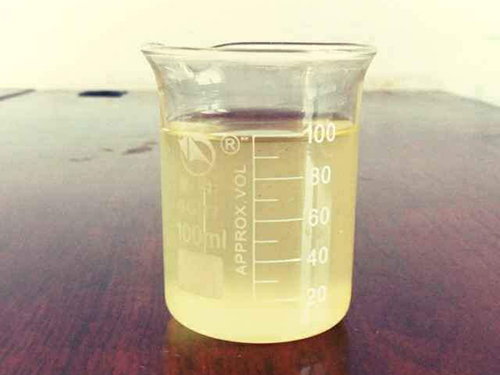Chemical Methods for Water Treatment Through Coagulation and Flocculation Techniques
Chemical Coagulation and Flocculation in Water Treatment
Water is an essential resource that plays a critical role in sustaining life, making water treatment a vital process to ensure its safety and quality. Among the various techniques employed in water purification, chemical coagulation and flocculation stand out as fundamental processes used to remove contaminants from water sources. This article explores the principles, processes, and applications of chemical coagulation and flocculation in water treatment.
Understanding Coagulation and Flocculation
Coagulation and flocculation are critical steps in the removal of suspended particles, colloids, and dissolved organic matter from water. Coagulation is the initial stage, where chemical agents called coagulants are added to water. These coagulants possess a positive charge, which neutralizes the negative charges of suspended particles. This charge neutralization causes the particles to aggregate and form small clusters or flocs when they come into contact with the coagulant.
Flocculation, on the other hand, is the subsequent phase where gentle stirring or mixing allows the small flocs to collide and combine into larger flocs. These larger aggregates settle more easily, making it simpler to remove them from the water during subsequent treatment stages.
Common Coagulants Used
Several chemical coagulants are commonly used in water treatment processes. The most widely used coagulant is aluminum sulfate (alum), which has been a standard for decades due to its effectiveness, low cost, and ease of use. Another commonly used chemical is ferric chloride, which is particularly effective for removing organic matter and color from water.
In addition to these, polyaluminum chloride (PAC) is gaining popularity due to its improved performance and reduced sludge production. Organic coagulants, such as chitosan, derived from crustacean shells, are also being explored as environmentally friendly alternatives.
The Coagulation and Flocculation Process
The coagulation and flocculation process typically involves several key stages. Initially, the water is pre-treated to adjust its pH to optimize the coagulant's effectiveness. The coagulant is then introduced into the water, where rapid mixing occurs to distribute it evenly.
chemical coagulation and flocculation water treatment

Once the coagulant is added, the water undergoes a slower mixing process to encourage the formation of larger flocs through flocculation. This stage may last from a few minutes to half an hour, depending on the water quality and the specific coagulant used. After sufficient time has passed, the flocs settle to the bottom in a sedimentation tank, allowing clear water to be siphoned from the top.
Benefits of Coagulation and Flocculation
The coagulation and flocculation processes offer several advantages in water treatment. One of the primary benefits is their effectiveness in removing turbidity, suspended solids, and pathogens, significantly improving water quality. By aggregating particles, they enhance the ability of subsequent filtration processes, making them more efficient and cost-effective.
Additionally, these processes reduce the load on downstream treatment facilities, such as sand filters, and minimize the production of disinfection by-products. Coagulation and flocculation also play a crucial role in minimizing the impact of algae blooms by removing excess nutrients that can promote such events.
Challenges and Considerations
Despite their advantages, coagulation and flocculation processes are not without challenges. The selection of the appropriate coagulant depends on various factors, including the type and concentration of contaminants present in the water. Furthermore, the generation of sludge during coagulation can pose disposal challenges, leading operators to seek ways to minimize sludge production or recycle it effectively.
Additionally, the use of chemical coagulants raises environmental concerns about residual chemicals in treated water. Thus, continuous research is ongoing to develop sustainable alternatives and optimize dosing strategies to reduce chemical usage without compromising treatment effectiveness.
Conclusion
Chemical coagulation and flocculation remain crucial processes in modern water treatment systems. By effectively removing contaminants and enhancing water quality, they contribute to sustainable water management practices. As water treatment technologies evolve, researchers and practitioners continue to explore innovative approaches to improve and adapt these processes, ensuring the safety and accessibility of clean water for communities worldwide.
-
LK-319 Special Scale And Corrosion Inhibitor For Steel Plants: Advanced Solutions for Industrial Water SystemsNewsAug.22,2025
-
Flocculant Water Treatment: Essential Chemical Solutions for Purification ProcessesNewsAug.22,2025
-
Isothiazolinones: Versatile Microbial Control Agents for Industrial and Consumer ApplicationsNewsAug.22,2025
-
Scale Inhibitor: Key Solutions for Water System Scale PreventionNewsAug.22,2025
-
Organophosphonates: Versatile Scale Inhibitors for Industrial Water SystemsNewsAug.22,2025
-
Scale and Corrosion Inhibitor: Essential Chemical Solutions for Water System MaintenanceNewsAug.22,2025





